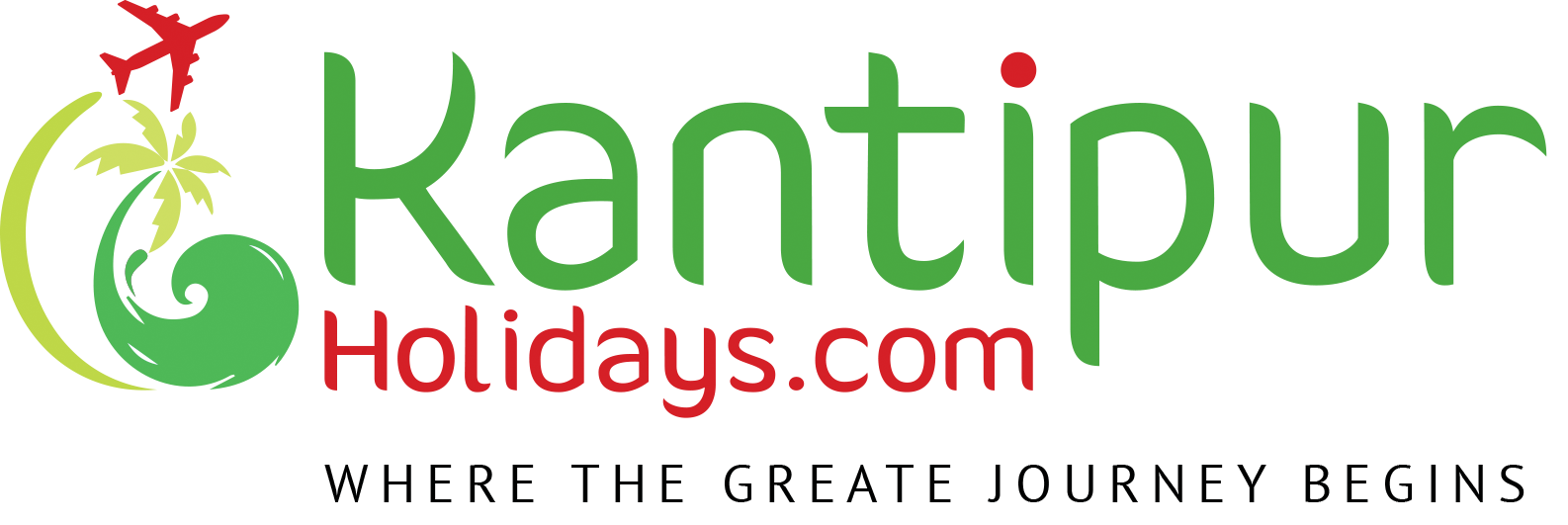EGYPT
Egypt, a country linking northeast Africa with the Middle East, dates to the time of the pharaohs. Millennia-old monuments sit along the fertile Nile River Valley, including Giza's colossal Pyramids and Great Sphinx as well as Luxor's hieroglyph-lined Karnak Temple and Valley of the King's tombs. The capital, Cairo, is home to Ottoman landmarks like the Muhammad Ali Mosque and the Egyptian Museum, a trove of antiquities.
MAIN DESTINATION
1. Pyramids of Giza
2. Luxor's Karnak Temple and the Valley of the Kings
3. Islamic Cairo
4. Aswan
5. Abu Simbel
6. Egyptian Museum
7. White Desert
8. Siwa Oasis
9. Alexandria
10. St. Catherine's Monastery
11. South Sinai
12. Abydos Temple
13. Thistle Orm Dive Site
14. Nile Cruising
15. Saqqara
THE Location
Coordinates: 27°00′N 30°00′E The geography of Egypt relates to two regions: North Africa and Southwest Asia. Egypt has coastlines on the Mediterranean Sea, the River Nile, and the Red Sea. Egypt borders Libya to the west, the Gaza Strip to the northeast, Israel to the east, and Sudan to the south.
Capital City
Cairo is the capital and largest city of Egypt. The city's metropolitan area is the largest in the Middle East and the Arab world, and the 15th-largest in the world, and is associated with ancient Egypt, as the famous Giza pyramid complex and the ancient city of Memphis are located in its geographical area.
Languages of Egypt
The official language of Egypt is Arabic, and most Egyptians speak one of several vernacular dialects of that language. As is the case in other Arab countries, the spoken vernacular differs greatly from the literary language. Modern literary Arabic (often called Modern Standard Arabic or al-fuchsia, “clear” Arabic), which developed out of Classical, or medieval, Arabic, is learned only in school and is the lingua franca of educated persons throughout the Arab world. The grammar and syntax of the literary form of the language have remained substantially unchanged since the 7th century, but in other ways, it has transformed in recent centuries. The modern forms of style, word sequence, and phraseology are simpler and more flexible than in Classical Arabic and are often directly derivative of English or French.
CURRENCY
The pound is the official currency of Egypt. It is divided into 100 piastres, or ersh (قرش [ʔerʃ]; plural قروش [ʔo.ruːʃ]
MAIN AIRPORT
Cairo International Airport (IATA: CAI, ICAO: HECA) (Arabic: مطار القاهرة الدولي; Maṭār El Qāhira El Dawley) is the principal international airport of Cairo and the largest and busiest airport in Egypt. It serves as the primary hub for Egyptair and Nile Air as well as several other airlines.
EMERGENCY CALLS
In the meantime, each emergency service maintains its own hotline: Ambulance services can be reached through '123', firefighting can be contacted through '125', the police can be called upon through '122', and traffic emergency units respond through '126'.
PEAK SEASON
The high peak season in mid-October and mid-February is when the majority of the tourist will flock to Egypt. This is when all the major tourist sites like the Pyramids of Giza, Cairo, and Valley of the Kings are crowded. The low season in Egypt is during the summer season, starting May to August.
LOW SEASON
The low season is from June to August, when the summer heat is scorching and unforgiving, especially in Upper Egypt, and the Western Desert. If you want to travel to Upper Egypt, winter is the best season for you. The weather in Egypt is ideal for travel in the desert.
TEMPERATURE
In the coastal regions, temperatures range between average winter minimums of 14°C (November to April) and average summer maximums of 30°C (May to October). Temperatures vary widely in the inland desert areas, especially during the summer, where they range from 7°C at night to 43°C during the day.





